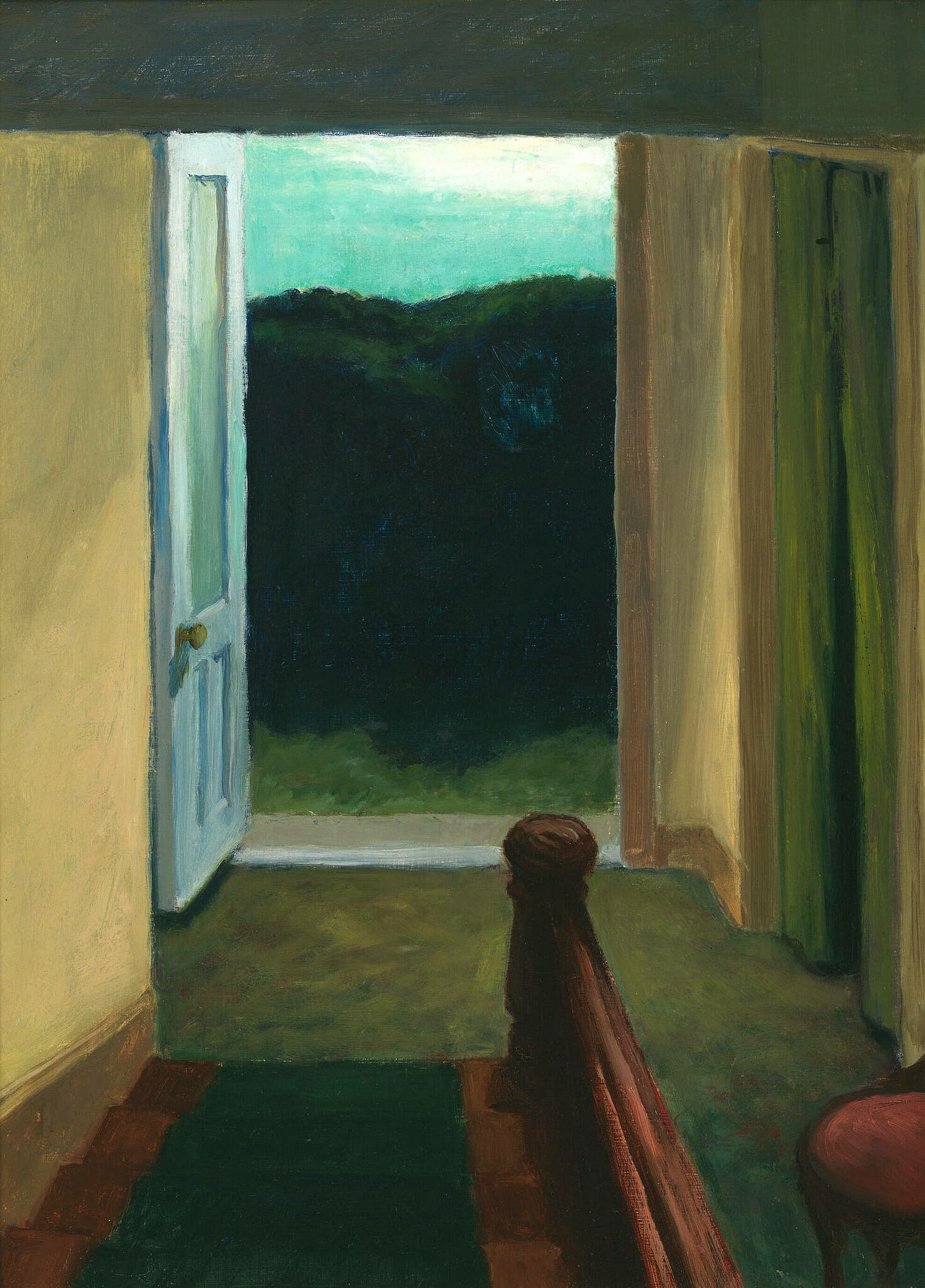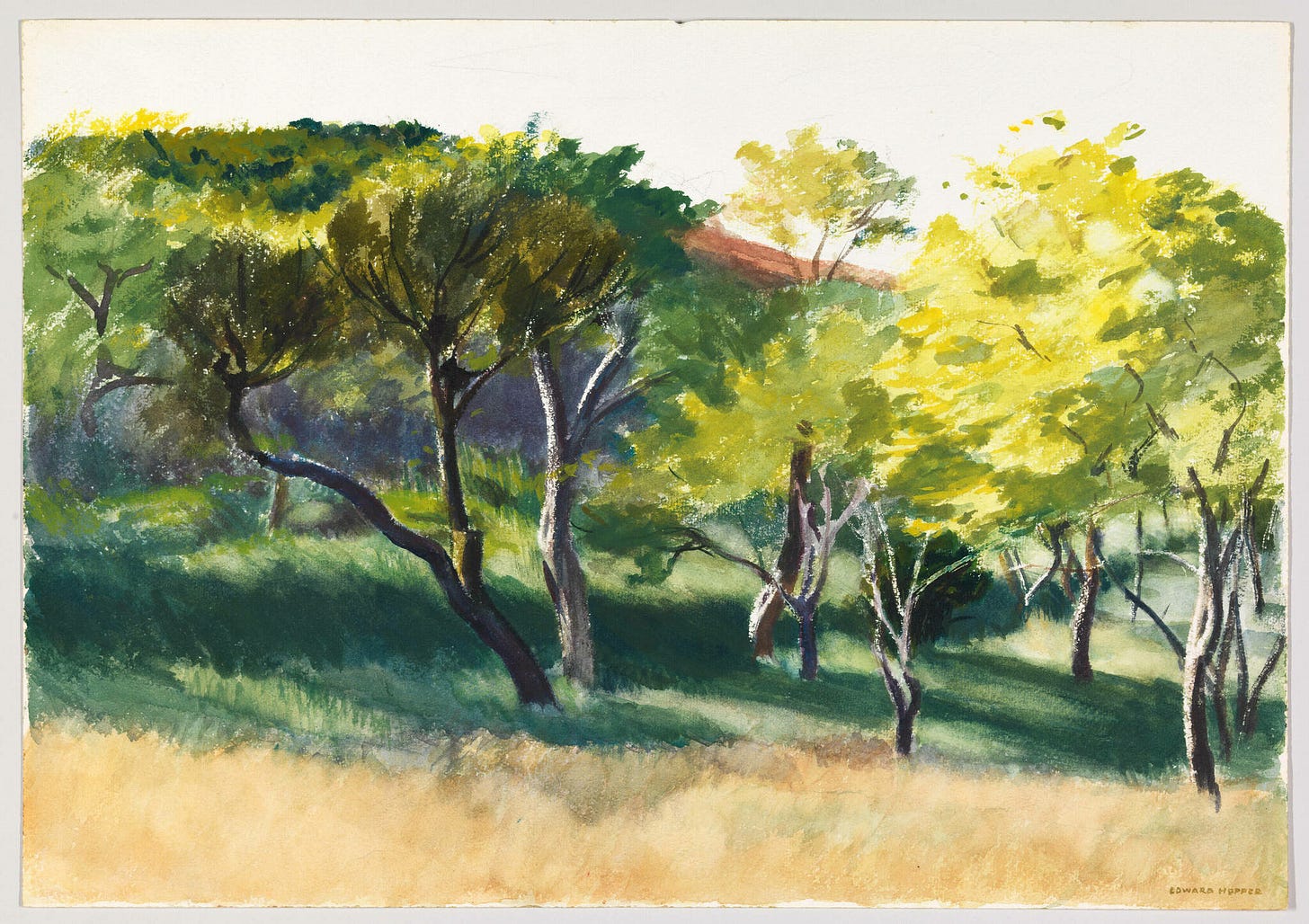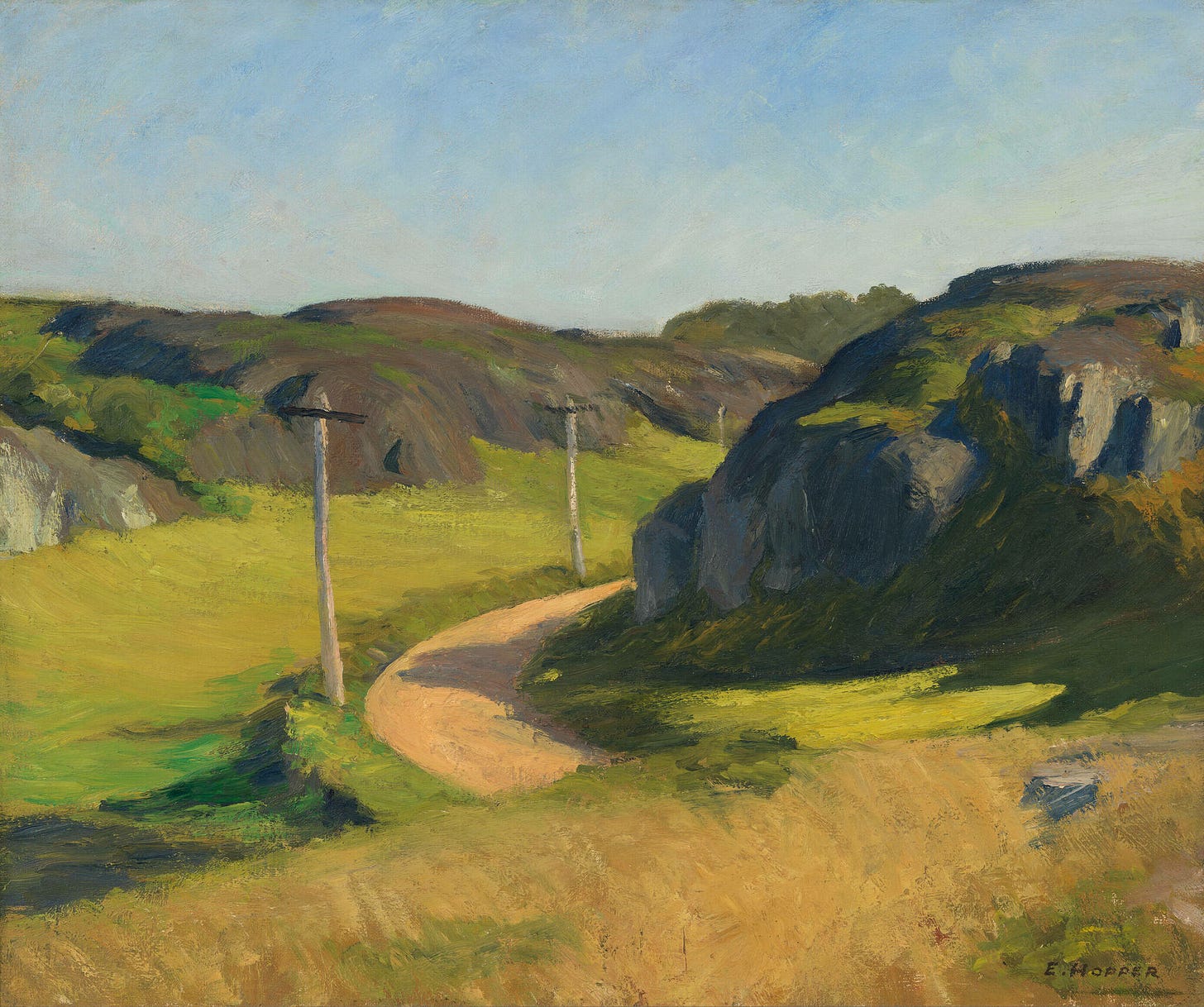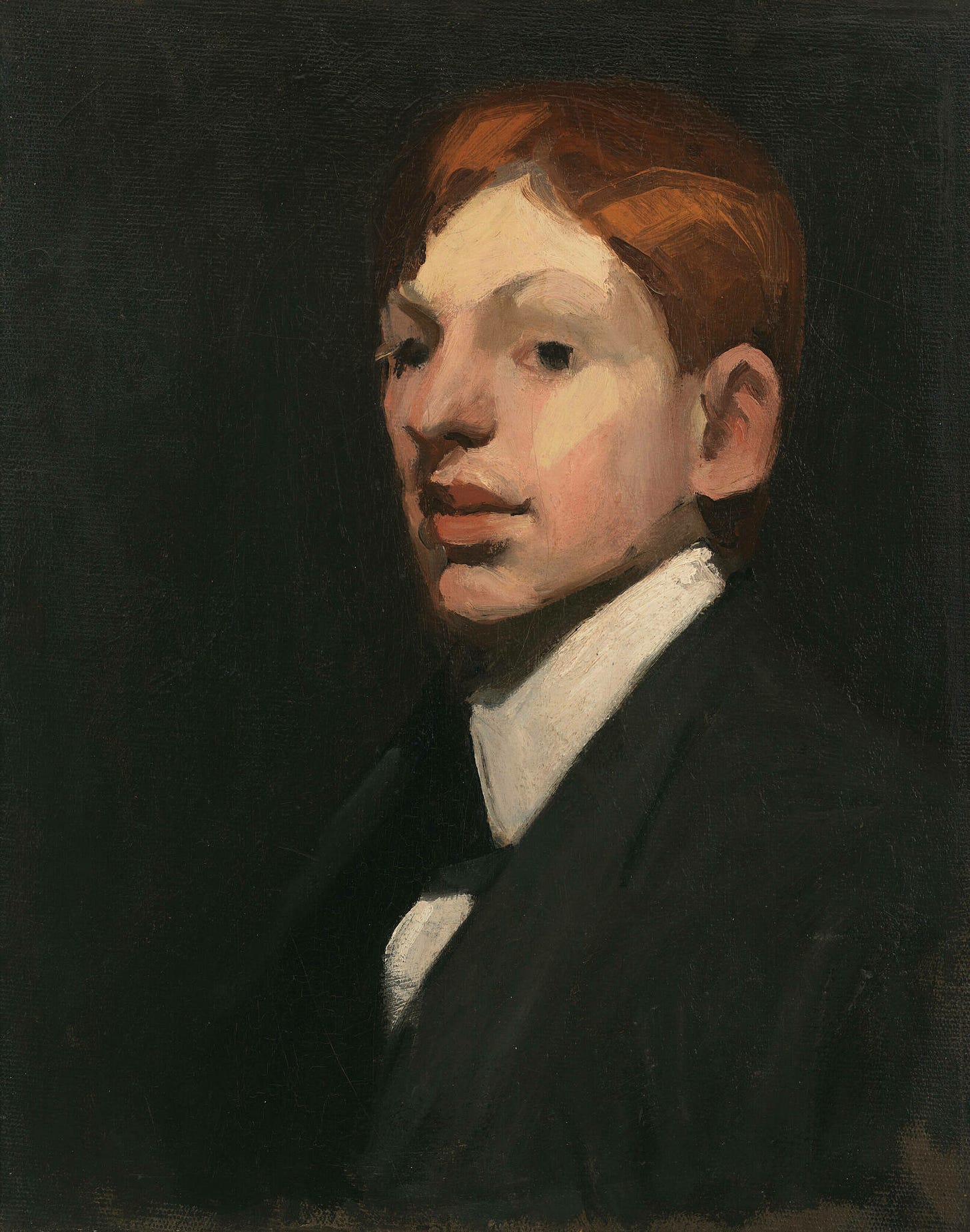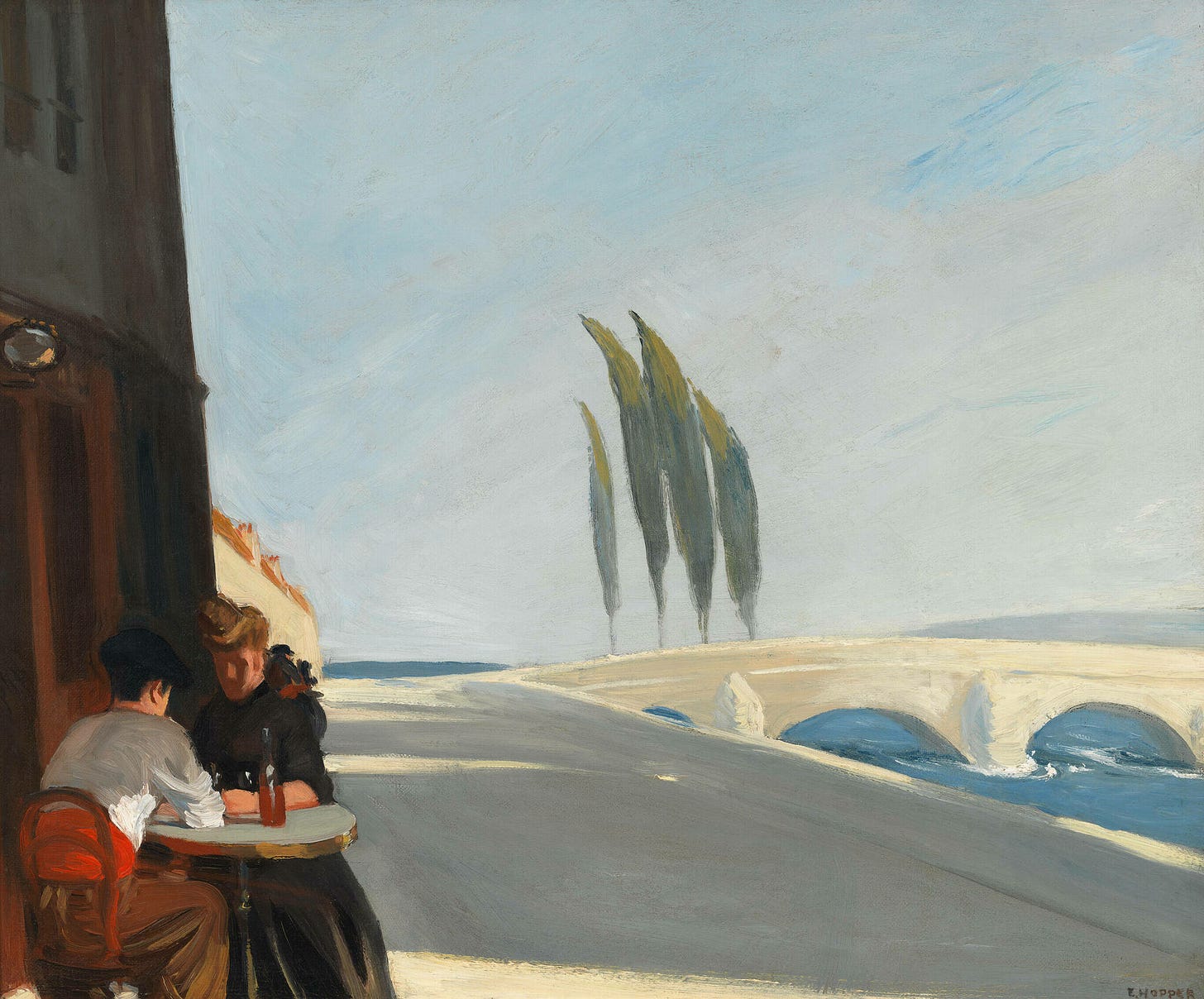Let’s recap where we left off.
Shocks can make systems stronger in largely two ways:
— by returning resources to the broader system; and
— by freeing up space.
With a new abundance of resources and space, newer and better components of the system are allowed to grow.
The result is a stronger and more diverse system. That is creative destruction.
So, what happens when systems are deprived of these shocks?
Back to the forest
As previously mentioned, fire is a terrifying thing. It is unquestionably a force of destruction. Up until this point, we’ve addressed forest fires in isolation. We’ve ignored the human element.
Creative destruction or not, forest fires are a tremendous danger to people and property. And as such, we should work to limit and prevent their destruction.
If forest fires harm people and their property, then the obvious proposal is to simply put out every fire. But it turns out this is quite a dangerous solution.
Let’s discuss why.
Forest fire 101
Just as the tallest tree starts from a tiny seed, a forest fire starts from a small spark. Unfortunately, the majority (about 85%) of these initial fires are caused by human carelessness like cigarettes and campfires. The remainder occur naturally from lightning and the sun’s rays.
This initial spark or flame grows by engulfing dead and decaying material in the forest. We can think of this material as fuel. Think of the size of fires as related to the amount of fuel that they have access to.
This brings us to the central issue.
more fuel = more material to burn = a larger fire
What happens when we put out every fire?
For nearly a century, our American approach to forest fires was to extinguish fires as soon as they started. As a result, brush and other fuel that would have been burned up was left to accumulate. With more fuel, future fires became larger and burned hotter, leading to greater destruction.
As it turns out, by extinguishing every fire, we only make subsequent fires more destructive. Thus, what seems like the right decision is actually no better than kicking the can down the road for someone else to deal with. In fact, it’s worse than that.
This seems to be true of many good-intentioned interventionist decisions.
Welcome to complex systems.
So, what should we do?
As is often true, the optimal solution lies between the two extremes.
It turns out that what appears to be the correct method of forest management is to start our own fires. However, when we play God and create volatility, we get to choose the dosage. Rather than waiting for nature to do it for us, brush is now gathered up and ultimately burned during the Winter in many fire prone areas. As a result, forests enjoy the benefits of fire without locals bearing the cost with their lives and property.
If systems crave volatility and shocks, then we have no choice but to give it to them. To believe otherwise is pure ignorance. Let us be the architects of creative destruction.
Back to society
Now that we have taken a good look at our forests and how to properly maintain them, it is time to turn the lens onto ourselves.
You have likely already grasped the point of this fire discussion, but the message is so important that it bears repeating.
— shocks are vital aspects of systems
— suppressing these shocks often leads to paradoxically worse outcomes
Just like before, as silly as it sounds, we can learn quite a bit from our forests.
As a society, we have declared war on shocks and volatility, and for good reason. And we’ve largely succeeded. At a high level, this is unquestionably a good thing. Life is more predictable, more regular, and largely free from violence and crisis (whether or not this is sustainable state is a question for another day).
The issue is that in achieving this, it seems that we’ve completely written off shocks and volatility as strengthening tools.
Just as we do controlled burns of brush in forests, perhaps we could use small, controlled shocks to strengthen our systems. If this all sounds too abstract, let us clarify with a few small observations.
On Language courses
Language courses are largely devoid of volatility, or to put it differently, surprises. Students learn one set of terms or concepts, take a test, and then move on to the next set of terms. The issue with this system is that it is a poor reflection of reality. Speaking a language is full of surprises because life is full of surprises.
Perhaps a better system also incorporates the following:
We could provide students random prompts, questions are difficult to answer and incorporate current events or terms. The key is that these prompts should be a stretch. The intent of the exercise is for students to come up short or to fail to answer the question.
Just as a forest fire or controlled burn eliminates the unimportant and makes space for new organisms, these exercises would perhaps reinforce the truly important concepts and induce new growth: useful but unknown words, phrases, and concepts.
Volatility can often be a filter. The unimportant falls through the cracks leaving only what matters.
On Learning how to ride a bike
To make this more amusing, say we needed to teach a class of students how to ride a bike. Our current system would more or less suggest that we teach the mechanics of riding a bike and then let them loose to ride on their own in the real world.
We would first start with illustrations showing the correct way to pedal and the ergonomically correct method of holding the handlebars. Students would be encouraged to take detailed notes, as this material will be on the final exam (a multiple-choice test). In subsequent courses, we would perhaps discuss how the sprocket interacts with the bike chain and how the friction between the brake pads and the wheels allows us to slow down. No detail would be spared.
After years of rigorous instruction, our brightest minds would be ready to bike.
However, those who are especially gifted, may choose to spend another few years pursuing an advanced degree, ultimately perhaps choosing to pass on this wisdom and their own extrapolations as an instructor.
In an alternative reality, we could teach eager students through a combination of learning and doing (and failing). First, we would teach the basic mechanics of bike riding, only the most vital details. We would perhaps cover how to adjust the seat, how to peddle, turn, and stop. This would not take long.
Then our students would take to streets on bikes with helmets, elbow pads, and all. Immediately, they would encounter volatility (surprises), things they hadn’t studied, things they hadn’t planned for.
One student might run over a pothole, another might encounter the raised edge of a sidewalk tile. Many would fall. And that’s the point. These mistakes are harmless and useful information. A mistake is a clue that something doesn’t work. With enough practice (and falling) these students would be prepared for anything.
We can learn a lot more from experience than from pretending that our little model of the real world is the real world itself.
The end of part II/II
That brings us to the end of the creative destruction series. We hope that you learned something and found our use of forest fires as a metaphor more helpful than annoying.
Thanks for reading.
Based on ideas from:
The Price of Time: The Real Story of Interest
Antifragile: Things That Gain from Disorder
Paintings:
Thanks for reading guys.
If you enjoyed this one, make sure to subscribe to receive posts like this via email and consider sharing with a friend.



